Lately, I have been enamored with hiking and backpacking blogs, particularly those interested in retro outdoors gear and the centrality of the so-called out-of-doors. As I enter middle age, I become progressively less interested in the pace of urban living and increasingly return to my childhood experiences of rurality. Maybe the misanthropic views of fellow Justseed Roger Peet are wearing off on me or possibly it is the nostalgia for my own childhood spent in the woods. Either way, I am beginning to realize that I don’t desire to live in big urban settings. In fact, they actually make me depressed and somewhat unhappy. For too long, I have been enamored with the politics of urban intellectual and radical thought, often dismissing the realities that can and do exist at urbanity’s margins, even here in the rural spaces of North America. No longer do I think that I need to live in New York or Chicago or Mexico City or Toronto to work in a way that challenges people. My own collegetown realities and rural lifestyle may, likewise, transform the social institutions that I detest. Maybe this is just me explaining my life in Michigan.
Nevertheless, as summer dissipates, becoming noticeable in the form of late sunrises, cool afternoons, and early darkness, I reflect on the summer hiking season. During the past few month, amidst long days of teaching, writing, and artmaking, I spent as much time in the woods as possible (both here in Michigan and throughout my North American travels). As such, I hiked amongst the redwoods in California, through a short section of the Appalachian Trail in the Smoky Mountains, along the shores of Pictured Rocks National Lakeshore, on islands in Lakes Superior and Michigan, in two mountain ranges in New Mexico, and hiked to and swam in a waterfall in Colorado.
Each of these excursions occurred in sublime natural environments, locations representative of the grand picturesque landscape painting tradition of late-nineteenth century North America. In the historiography of the United States, nineteenth-century nationalists used the continent’s natural environment as the base to construct American cultural patrimony. Although I may disagree with the racist, sexist, and classist basis to the development of the US nation-state, I cannot deny the reality that here in the Americas we have innumerable natural wonders.
But what about the small, everyday interactions we have with the natural world, especially in the location where I live? I live in Mid-Michigan, hours from the wonders of Sleeping Bear National Lakeshore or a day’s drive from Lake Superior’s Pictured Rocks. These spectacular spaces seem to exist in the distance, tangible, but only on weekends and holidays and other times when I can get away from work. They seem far away, untouchable during the school year. As such, I spend a significant amount of time in the less-than-spectacular woods around my home in Mid-Michigan. Nothing sublime or even picturesque about these woods. Lots of mosquitos. Mixed coniferous-deciduous growth. Plenty of deer and wild turkeys. Wetlands with wild berries growing along the edge. Generally, however, there is nothing excedingly impressive. Or is there?
This past week I picked up Tom Springer’s Looking for Hickories: The Forgotten Wildness of the Rural Midwest (University of Michigan Press, 2008). Although an uncritical perspective on rural living, the text has nonetheless piqued my interest in, as Springer notes, the quotidian interactions between humans and non-humans in rural Mid-America. Springer lives in southern Michigan and extols our everyday relations with an abundance of plant and animals species, things like sassafras root and Orange Osage fenceposts.
As many of you may know, I was born and raised in the rural Great Lakes. My mother’s family are Scandinavian emigrants who homesteaded in Minnesota. My father is descended from Indigenous, mixblood, and settler voyageurs who worked the furtrade throughout the Great Lakes, across the Canadian prairies provinces, and onto the arctic tundra. Personally, I was born in Alma, raised in the Thumb, attended art school in Detroit, and finished my undergraduate studies in West Michigan, before moving to the US Southwest for nearly a decade. Since my return to Michigan four years ago, I have been grappling to make sense of the world around me, particularly as Michigan undergoes intense economic retooling (or the lack thereof).
This weekend, after delivering some artworks across the US-Canada border to the Windsor Art Gallery in Ontario, I drove north (as Windsor is actually south of Detroit) across the Detroit River, back into the US, and toward the village in which I was raised. Although my parents left this rural community after my sister graduated from high school over a decade ago, my partner Estrella’s family still lives here, having settled in this area, as former migrant workers, during the 1970s. Since Estrella’s brother was visiting from California, we decided to head ‘home,’ so to speak, visit family, and buy some produce from the farmer’s market. With fall nearly upon us, I had to get into the woods, if only momentarily.
The usual route between our home in East Lansing and our childhood hometown of Caro follows two interstate highways (I-69 and I-75) before traveling along a state highway (M-46) prior to taking a shortcut across a complex network of county roads with immense ditches full of nitrogen-enriched green water. This weekend’s trip was slightly different because instead of driving east from my home in East Lansing, I drove an entirely different route, this time coming north from Canada via Windsor and Detroit. The sudden and obvious route change allowed me to engage with my environment in a way that only happens when one’s scenery breaks from quotidian normality. Noting this difference, I quickly observed the varied ecologies that exist within a scant hundred miles between Southeast Michigan and Michigan’s Thumb. Unlike the large checkerboard farmland between Frankenmuth and Caro, I was greeted by densely overgrown woods from Lapeer, through Mayville, and into Caro. During the drive, which I first traveled innumerable times throughout my youth (often to attend Detroit Tigers baseball games in1984 or visit the Detroit Institute of Arts), I nostalgically listened to mid-90s hardcore. Endpoint and Chamberlain aka Split Lip were the artists of the day. This, of course, set the emotional mood for the afternoon.
For whatever reason, either some psychological mid-life crisis (I turned 35 this month) or the 90s (post)hardcore-evoked sadness, I became nostalgic for my childhood home and the countless acres of woods that surrounded it. Since my one-time home was on the way to my in-law’s residence, less than a mile-or-so out of the way, I decided to visit the environment around 119 Wire Line Road. So, at the corner of M-24 and Wire Line Road, I took a detour to reminisce and snap a few photographs.
As I saw my old house, flashes of my youth were conjured in my mind. I began to remember the seemingly idyllic times around my childhood home, buttressed by nearly 8,500 acres of contiguous, undeveloped state land. In my romanticized memories, mornings were used for climbing trees, while summer afternoons were spent swimming in Hunters Creek. Evenings were often filled with hikes along trails accessible only by foot or non-motorized vehicle. Once snow fell, winters were special times in which I would don nordic skis and traverse the silence of the bush, listening only to the sounds of the occasional animal and the beating of my own heart. As a child, this land was my natural playground, except, of course, during hunting season when my mother would make me wear a hunter’s orange toque and vest when waiting for the school bus. This, oddly enough, was the same apparel I would wear went trouncing through the woods with my brother, shotguns in hand, looking for rabbits or quail or grouse. As a good vegan, I can say I rarely, if ever, connected my shot with an animal.
While the sublimity of rural Michigan pales in comparison to that of, say, the steep precipices of the Rocky Mountains or the blue glacial ice of the Montana-Alberta borderlands, my childhood home nevertheless remains a significant site for residents of Tuscola County. Of course, the fact that this land belongs to the State of Michigan is due to a process of settler-colonialism in which treaties between federal and state governments expropriated Indigenous territories.
Here are a few pictures of the space that so greatly influenced who I am as a person, particularly my political and artistic orientation. Enjoy! I know I did.
Cass River, just across the road.
Hunters Creek, downstream from a beaver dam.
Swimming hole in Hunters Creek.
The reason I had to wear hunter’s orange while waiting for the bus.
Where I used to hike and hunt, now with some towers.
The driveway where I learned to drive a stick (and back-up really fast).
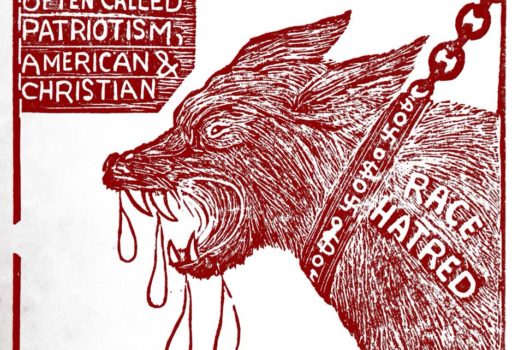
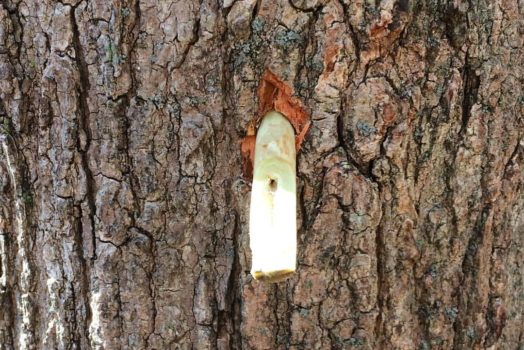

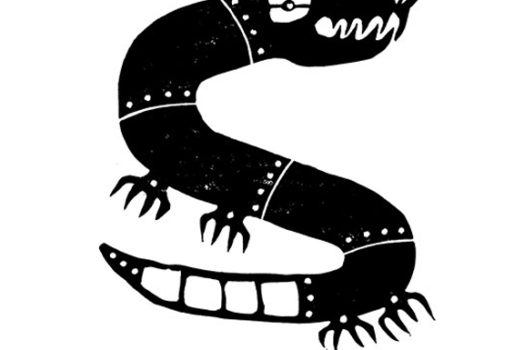
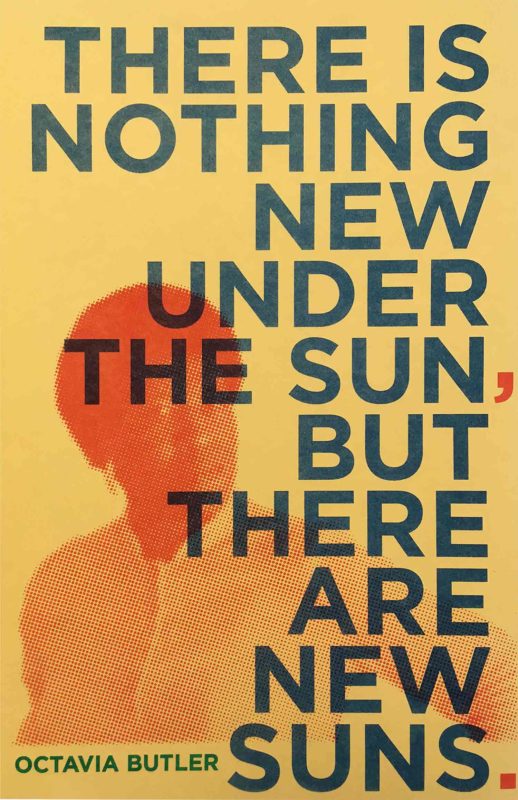
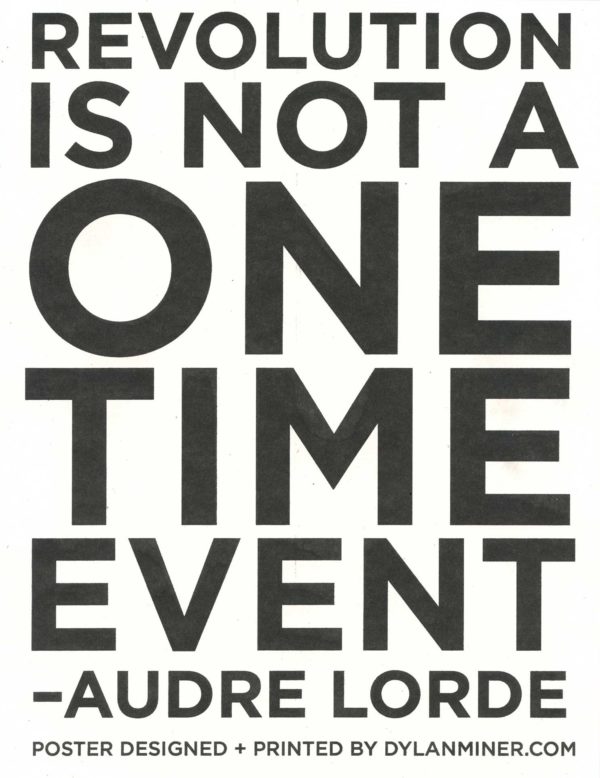
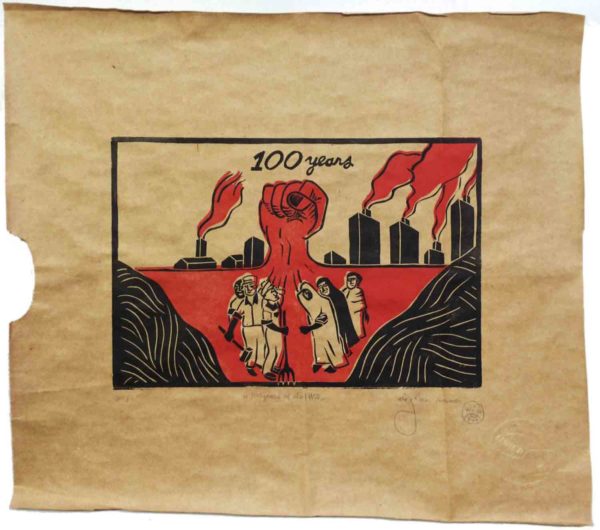
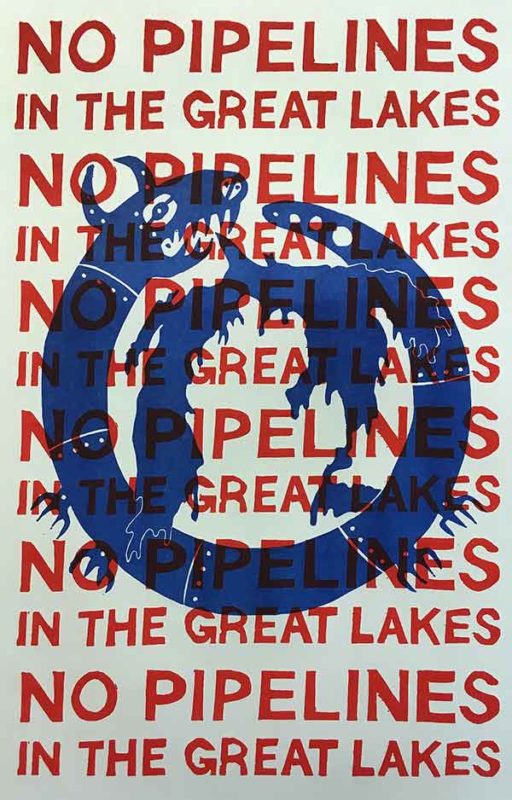
well-written! as a person soon to turn 35 with many connections to the wolverine state, I can closely relate.
I’m also reminded to work on my vocabulary.
I really enjoyed reading this and seeing the photos. It makes me think about how all rural areas are under appreciated, and about how the town I am from has developed extremely fast and continues to swell, obliterating & paving the secret corners of my adolescence and childhood. It sounds strange to write it, but the land where I grew up (Chino Valley, AZ) seems to be unhappy with it’s current occupants.
The city is, for many, a place people have been forced into, uprooted from some rural place with memories of childhood, rain, loss, and joy that seeped out and permeated the the soil, trees, and rocks. It would be a wonderful thing if people could move out of the city and revitalize rural life in the US.
Nice post Dylan. Perhaps escape from Michigan is shifting to escape to Michigan?
I like reading your post. Great Pix too!
I think sometimes we yearn to be connected to the environment around us, we are kinda adapt to our surroundings, but deep down inside we always want to be connected to places that gives us a sense of power. Power meaning- ability to be deeply connected and interact with things around us. Power and Place. Listen to your power to find your place.
great read! keep posting bro.